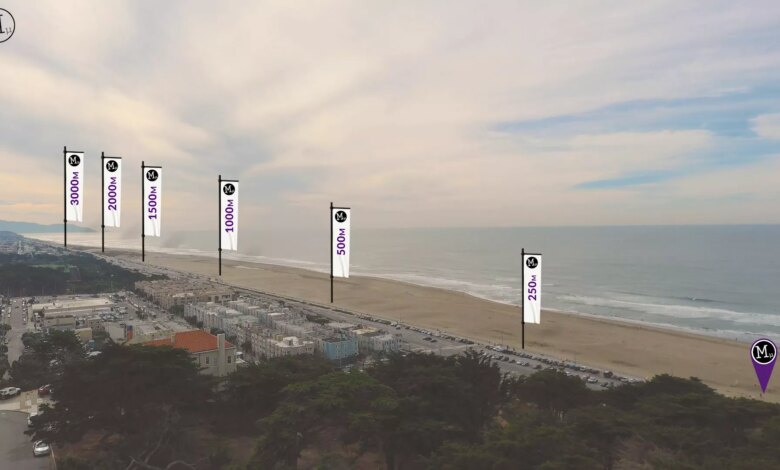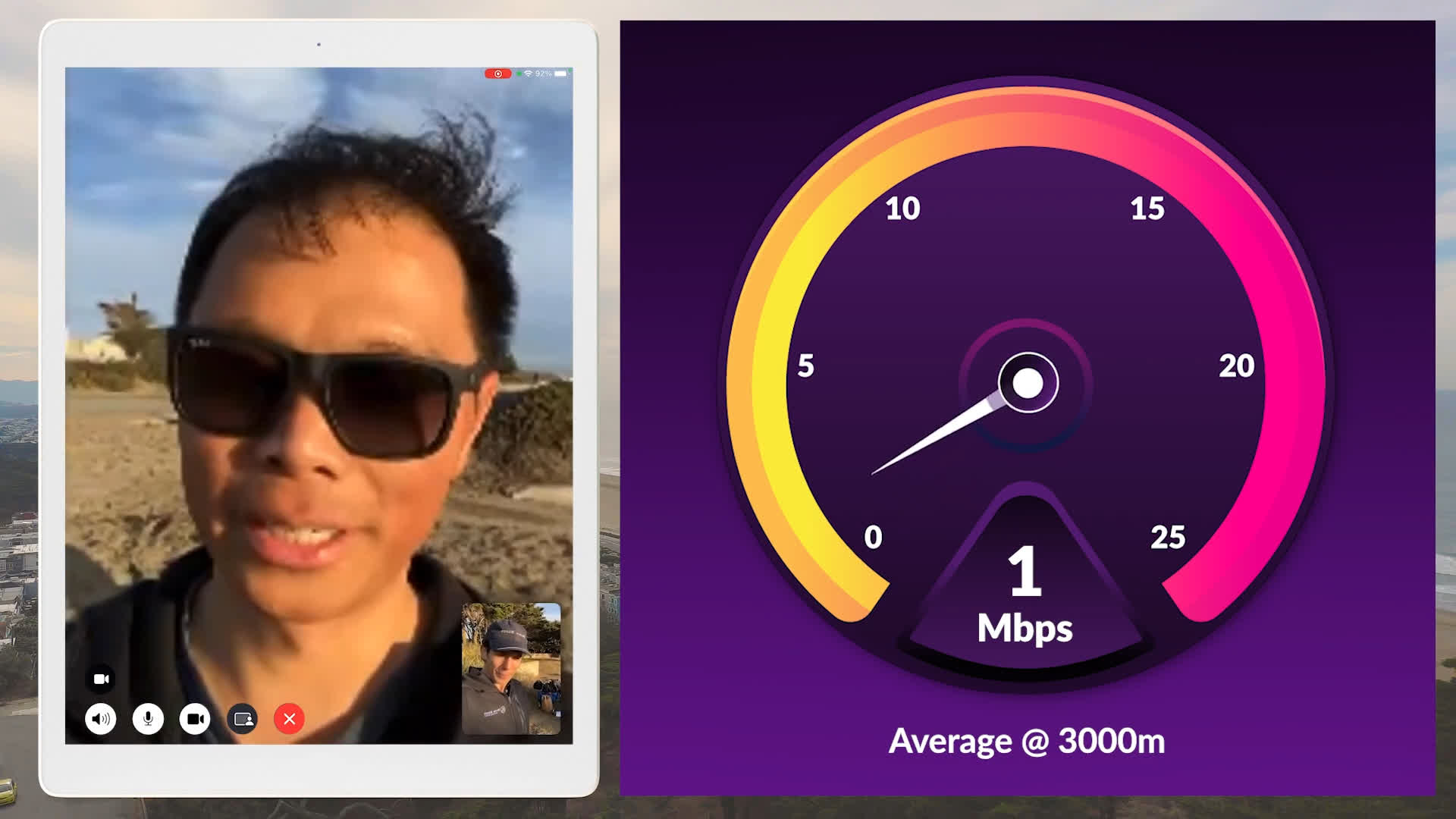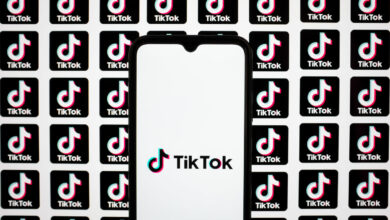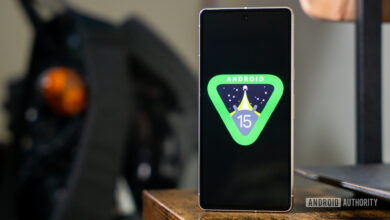HaLow Wi-Fi standard achieves 1.8-mile range in field test

Serving the tech enthusiast community for over 25 years.
TechSpot means tech analysis and advice you can trust. Read our ethics statement.
Forward-looking: Eight years ago, the Wi-Fi Alliance unveiled a new standard designed to support low-power devices with a range significantly greater than typical Wi-Fi. Recent tests have shown that this standard, while not exceedingly fast, can provide stable connections over ultra-long distances for various applications.
A recent video demonstration from Morse Micro proves that the HaLow Wi-Fi standard, also known as IEEE 802.11ah, can maintain connections up to 3 kilometers, or just under two miles. Although HaLow is not intended to replace Wi-Fi 6 or the new Wi-Fi 7, it could complement them in certain scenarios.
Operating on the 900 MHz spectrum and utilizing low power, HaLow is engineered to support smart buildings, IoT devices, wearables, and critical infrastructure. It is capable of connecting thousands of devices across communities. Its maximum bandwidth of only 32 Mbps – a fraction of that offered by the more popular Wi-Fi standards using the 2.4 GHz and 5 GHz bands – is compensated by its superior ability to penetrate walls and other solid objects.
This feature makes HaLow particularly useful for businesses or government organizations, enabling them to connect cameras and various systems without the need for expensive cabling.
Morse Micro conducted its test by initiating a video call while one participant moved away from the Wi-Fi hotspot. Although the bandwidth visibly reduced with increasing distance, the call remained stable at 3,000 meters. At this range, the video feed became grainy and the speed dropped to 1 Mbps, but the audio quality was unaffected.
What further adds interest to the test is the location: a beach adjacent to a busy highway and a residential area. This environment is representative of where HaLow is likely to be utilized. The results demonstrate that the standard can effectively handle real-world interference levels.

HaLow hasn’t seen much use since the Wi-Fi Alliance finalized the standard in 2016. It’s unclear if Morse Micro’s success might encourage other companies to consider supporting HaLow, but if they did, it will likely take time for compatible products to become available.
Meanwhile, the full spec for Wi-Fi 7 was released earlier this month, and devices using the new standard are expected to grow in popularity over the next few years. Wi-Fi 7 routers based on draft specifications started appearing last year. Although HaLow’s bandwidth pales in comparison to Wi-Fi 7’s multi-gigabit speeds, Morse Micro’s results prove that it could bring public Wi-Fi or other services to places Wi-Fi 7 can’t reach.



